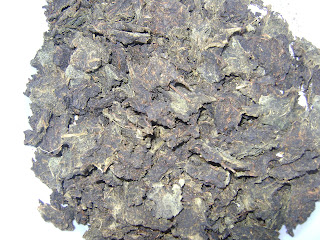INTRODUCTION
Food in lame man terms refers to any substance that can be eaten
by people to give energy and build body tissue. Food is a very integral or
important part of every culture all around the world, from India who are known
for their spicy food, china known for their noodles and sushi to Italy who are
second to none when it comes their great pasta and pizza. Like suite Botswana
has its own traditional cuisines unique to this landlocked country located on
the far south of Africa. The purpose of this blog is to sensitize or make
people across the world aware of our food, and not only for people in other
countries but also for Batswana. This blog will aim to provide the following;
Information on the various food dishes, traditional beverages and
wild fruits in Botswana.
Provide recipes on various Setswana dishes.
It will also provide the readers with information on the
nutritional value of the foods.
And lastly take readers back in time to
learn about the origin and history of some of the food
MOROGO WA SETSWANA
Morogo wa Setswana is one of the unique attributes that identifies
Botswana cuisines. Morogo wa Setswana varies as it only generalizes the
different “merogo” which are indigenous to the Batswana. These “merogo” range
from morogo wa dinawa , thepe and also rothwe. Focusing on morogo wa dinawa,
which is usually seen in the kraals, remote areas (the lands), as seen on
figure 1
:
Fig.1
In preparing this delicious “morogo”, great care must be taken to
insure that its taste is as delightful as it is to the indigenous people of
Botswana.
METHOD
· The leaves only are firstly collected from the plant, making sure
that the plant, making sure that the plant is not destroyed while collecting
the leaves.
· The leaves are then placed in a pot and water added, so as to soak
the leaves (water must be above the leaves).
· Then the pot is placed on a stove or on fire so as to heat the
contents of the pot.
· Then the pot is left until the water within is boiling and the
leaves have become very soft.
· Then a small amount of cooking oil and a pinch of salt are added
to the pot and stirred until the leaves crushed and become to be in a form of
porridge.
· Then the pot is left for about 10 minutes after which, it should
be taken off the stove or off the fire in order to cool.
· Then the mixed up leaves (in a porridge form) are then shaped into
small little balls not bigger than a golf ball.
· The small little balls are then placed on a tray or a flat surface
and then they are placed outside in the sun to dry.
· After the small balls of the morogo have dried, can be eaten
directly even though they are very dry. But for a more pleasant injoyment
of the morogo, the small balls can then be put in a pot, and then a little
bit of water added in order to soften the balls.
· Then stir steadily with a spoon to combine the balls into a
porridge form then add some cooking oil and salt to the desired quantity.
· Leave for 5 minutes.
· The morogo is now ready for serving
LOGALA
INGREDIENTS
· 2 cups of fresh milk
· ½ cup of water
· ¼ cup of maize meal/sorghum
EQUIPMENT
· medium sauce pan
· small mixing bowl
· wooden spoon
METHOD
· bring the milk and water to boil in the pan.
· make the paste with the meal and a little water.
· add the paste to the boiling liquid and stir continuosly to avoid
lumps
· cook gently for 35 minutes, then serve hot.
preparation time 10 minutes
BOGOBE JWA LEROTSE
INGREDIENTS
· Lerotse
· Bopi jwa mabele- 1kg
· Madila
· 4. 0.25 L of water
METHOD
· Slice lerotse and peel it.
· Remove the seeds
· Cut lerotse into pieces to fit the size of the pot.
· Add a little bit of water to avoid burning of the melon( lerotse)
· Put the pot on the stove with low flame and leave the melon on the
stove for 30 minutes until it’s cooked.
· Stir and then add bopi and sour milk.
· Leave it for another 30 minutes.
· Then serve
PICTURES OF SOME OF THE
FOODS IN THE SETSWANA CUISINE









No comments:
New comments are not allowed.